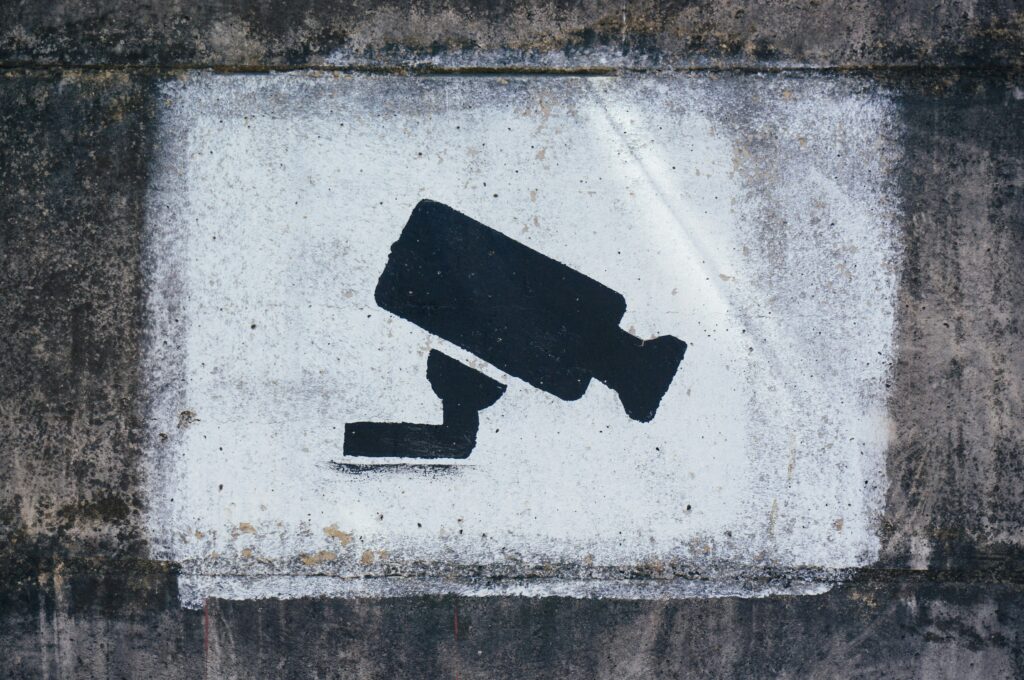Serious invasions of privacy: how this new tort could affect your creative practice

By Peter Pavlakis
By 10 June 2025, reforms to the Privacy Act 1988 (Cth) will provide members of the public with the right to take legal action in court for serious invasions of their privacy. Notably, a plaintiff can seek and be awarded compensation for emotional distress, even without proof of having suffered financial loss.
These reforms could affect creatives who incorporate real-life subjects into their work, including:
- Street photographers exhibiting photographs in a gallery;
- Documentary filmmakers recording private conversations;
- Visual artists whose works include sensitive personal material;
- Writers whose stories involve personal experiences of identifiable individuals; or
- A creative person in any other discipline that could involve the serious invasion of a person’s privacy.
It would be prudent for creatives to exercise caution and consider seeking legal advice when using real-life subjects, incorporating personal data or drawing from social media content going forward.
What is a serious invasion of privacy?
These rights will not apply to every invasion of privacy as only conduct deemed ‘serious’ will meet the legal threshold. The reforms also include valid defences and exemptions to the law, including limited protections for journalists in certain circumstances.
To successfully claim that their privacy has been seriously invaded, a person must demonstrate that:
- there was an invasion of the person’s privacy caused by an intrusion of their seclusion (for example, unauthorised surveillance or recording of private activities) or a misuse of their information (for example, unauthorised disclosure of their personal information);
- they had a reasonable expectation of privacy, which will consider factors such as the nature of the information and the context of the disclosure);
- the conduct was intentional or reckless (which means that it was deliberate and not just negligent);
- the invasion was serious, which will consider factors such as the nature and extent of the harm and whether it was maliciously committed; and
- their privacy outweighs the public interest (which will question whether the person’s right to privacy prevails over concepts such as freedom of expression).
Although it is difficult to predict how courts will interpret and apply these elements in practice, they do provide a useful indication of the key considerations involved in making those assessments.
How to proceed:
These developments are likely to lead to an increase in privacy-related claims, and creatives would be well-advised to consider the following questions when proceeding:
- Was there a reasonable expectation of privacy?
- Was the conduct intentional?
- Was the conduct reckless?
- Was the invasion serious?
- Was the invasion an intrusion into seclusion?
- Was the invasion a misuse of private information?
- Was consent provided?
- Was the conduct in the public interest?
- Could harm have been avoided or minimised?
- Is there a valid defence or exclusion available?
This remains a continuously evolving area of law and ongoing developments are likely to provide further guidance on when and how creative works may give rise to liability under the new tort of serious invasion of privacy.
In the meantime, for further information about the laws of privacy in Australia and the new tort for serious invasions of privacy, please see the Arts Law information sheet, Privacy and the public sector.




